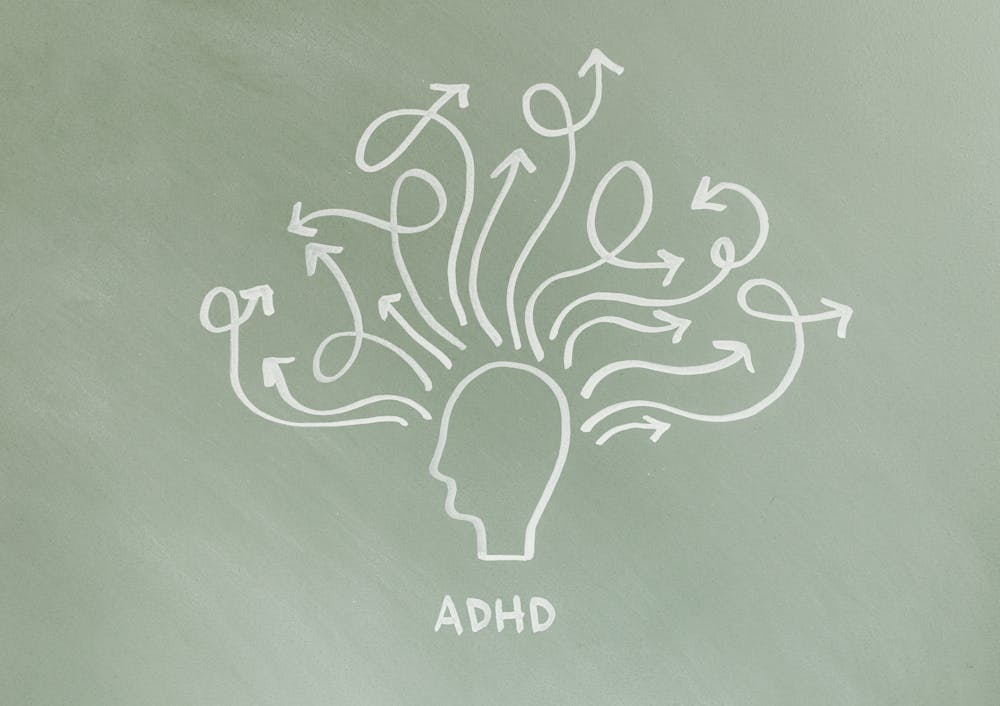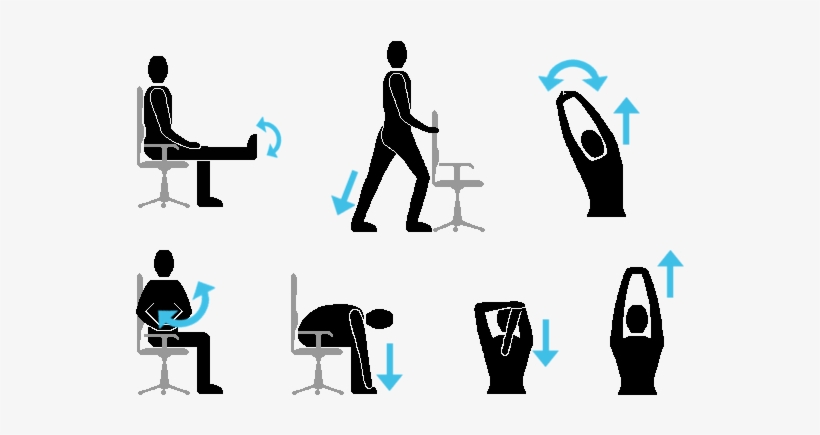When navigating the world of mental health treatment, it’s easy to feel overwhelmed by the number of therapy options available. Among the most trusted and widely practiced approaches are behavioral therapies, which focus on changing unhelpful thought patterns and behaviors to improve emotional well-being.
Whether you’re dealing with anxiety, depression, trauma, or relationship challenges, behavioral therapy offers structured tools and techniques to help you regain control of your mental health. A common topic of interest for many is the difference between DBT vs CBT, two approaches that share similarities but serve different needs. Before choosing a path, it helps to understand what these options offer—and how they may benefit you or someone you care about.
1. Behavioral Therapy Is Focused on Present Challenges
Behavioral therapy is often action-oriented and problem-solving in nature. Unlike traditional psychoanalysis, which may explore one’s past extensively, behavioral therapies concentrate on current struggles and how one’s thoughts and behaviors influence one’s daily life. The goal is to develop practical coping mechanisms, improve emotional regulation, and replace negative habits with more constructive ones. This makes these therapies especially effective for individuals who want tangible tools and a structured path forward.
2. Therapies Are Tailored to Individual Needs
There’s no one-size-fits-all when it comes to behavioral therapy. Therapists assess a person’s specific needs, symptoms, and goals to determine which therapeutic model fits best. While one person may benefit from a straightforward, skills-based approach, another may need something more nuanced and emotionally focused. This customization is a key strength of behavioral therapy—it adapts to you, not the other way around.
3. CBT Helps You Rethink and Rewire
Cognitive Behavioral Therapy (CBT) is one of the most well-known and researched behavioral therapy methods. It works by helping individuals identify distorted thinking patterns and reframe them into more balanced, realistic thoughts. CBT is typically short-term, goal-directed, and effective in treating conditions like depression, anxiety, and obsessive-compulsive disorder—including certain cases of treatment-resistant depression when combined with other approaches. With CBT, you’re not just talking about your problems—you’re learning how to challenge the negative beliefs that fuel them and create lasting change in your thought process.
4. DBT Builds Emotional and Relational Resilience
Dialectical Behavior Therapy (DBT) is a specialized form of behavioral therapy initially developed for individuals with borderline personality disorder, but now used to treat a variety of emotional regulation issues. DBT focuses on four core areas: mindfulness, distress tolerance, emotional regulation, and interpersonal effectiveness. What sets the therapy apart is its emphasis on acceptance and change—helping people manage intense emotions while still working toward positive behavioral shifts. It is particularly beneficial for those who experience emotional dysregulation, impulsivity, or difficulty maintaining stable relationships.
5. Personalized Support in a Compassionate Setting
Access to behavioral therapy is most effective when delivered in a supportive, structured, and empathetic environment. Reputable treatment centers offer individualized care plans that combine evidence-based methods like CBT and DBT with a strong therapeutic alliance. These programs are often designed to meet clients where they are—emotionally and mentally—guiding them through each phase of recovery with tailored interventions, expert clinical staff, and a holistic understanding of mental health. Whether someone is starting therapy for the first time or continuing their journey, having the right setting can make all the difference in achieving lasting results.
Exploring behavioral therapy can be a transformative step toward mental wellness. Understanding the nuances of dbt vs cbt gives you a clearer picture of how these therapies function and who they serve best. By choosing an approach that aligns with your personal goals and emotional needs, you’re already taking the first meaningful step toward a healthier, more balanced life.





